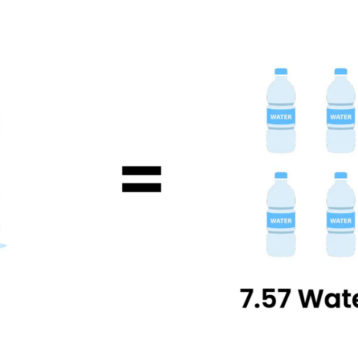
Learning takes many different forms depending on the subject matter and class configuration. Sometimes it involves conveying information by the book in the form of a lecture or reading. Other times, it’s more impactful to learn in a dynamic manner—harnessing the power of peer-to-peer conversation to explore topics for which there’s no definitive “right answer” but rather a series of explorations.
Addressing complicated topics in the classroom can be a valuable exercise in critical thinking. But without thoughtful execution, it can also be a confusing experience for students, perhaps even ending in conflict. Consider these guidelines for facilitating productive discussions surrounding difficult topics.
Set Firm Ground Rules
As the teacher, it’s your job to serve as the discussion moderator. Your students will take cues from your behavior, as well as from the set of ground rules you establish at the outset. Emotions will typically run higher during a complex discussion than, say, a chemistry lesson. It’s helpful to approach the exercise from a place of understanding and respect.
The most basic ground rules should cover counterproductive behaviors like yelling, talking over one another, personal debates and making assumptions about others. Reminding students that these behaviors will not be tolerated will help them navigate the forthcoming discussion. You may want to come up with a system, like passing a designated item to “give someone the floor.” It may even help to post a visual copy of the rules, so students can step back and seek a reminder as needed.
Kick Off the Discussion with a Question
Oftentimes, the most pressing or complex topics are the toughest to get started. Understandably, students may hesitate to be the first to offer up their point of view. Starting with an open-ended question is a good way to jump-start interactive classroom activities like complex discussions. Since students’ individual poll answers remain anonymous, respondents can feel comfortable being candid. Results will update in real time, providing a concrete starting point for subsequent discussion.
Manage “Hot Moments” Effectively
Anticipating so-called “hot moments” will help you mitigate them effectively. It helps to think of your classroom as a social fabric; if something threatens to rip it, it’s up to you to minimize the damage and repair it. According to teaching resources from the Derek Bok Center for Teaching and Learning at Harvard University, it’s important to consider both your short-term and long-term response plan.
In the short-term, it’s important to do what you can to reduce tension and guide your students back to a constructive place. While it may be a kneejerk reaction to punish a single student, it’s more beneficial to address the situation at large. In the long-term, it may be helpful to re-address the situation after emotions have simmered down. Check in with your students following complicated discussions to see how they’re doing. This way, you can ensure future discussions proceed even more smoothly.
Incorporate Relevant Research
You never know exactly what’s going to happen during a discussion. By nature, these sessions are unscripted. If you notice your class going off on a tangent or misunderstanding a core tenet of the topic at hand, it’s smart to introduce relevant research to guide the conversation back on track. This necessitates preparing ahead of time for possible discussion pitfalls. Expanding your students’ points of view brings a fresh context to an existing conversation while helping them hone their ability to incorporate new information into their existing worldview.
Addressing complicated topics in the classroom can be nerve-wracking, to be sure. The best thing instructors can do is prepare adequately, plan to kick off the conversation with a question and anticipate heated moments.










